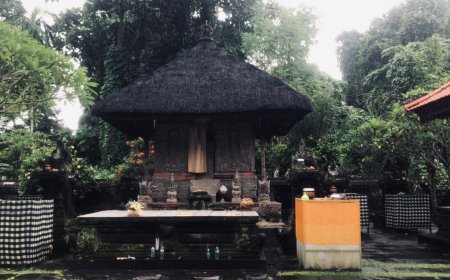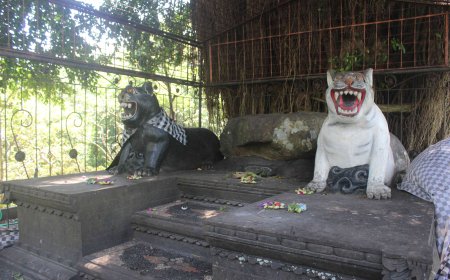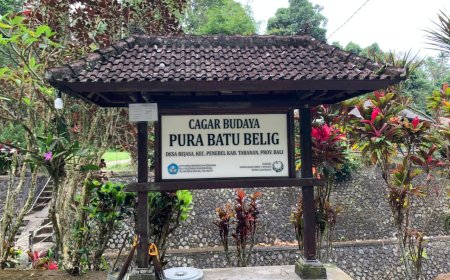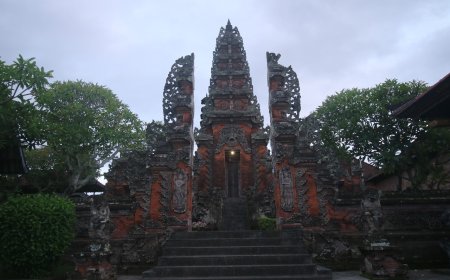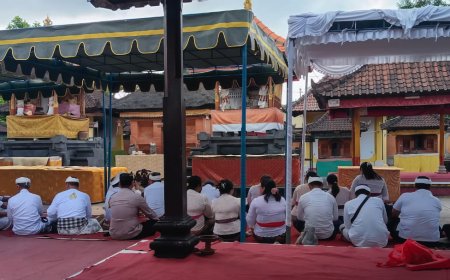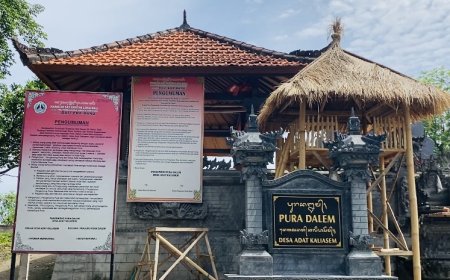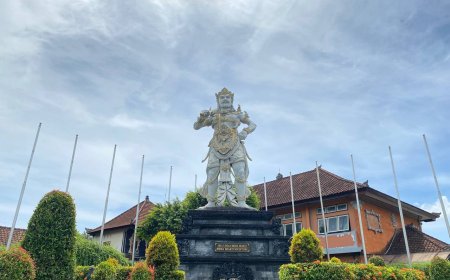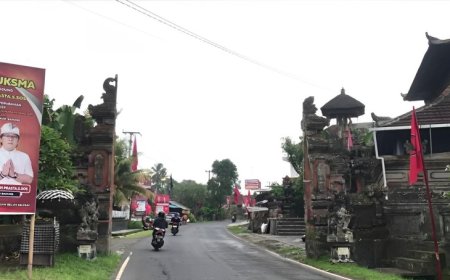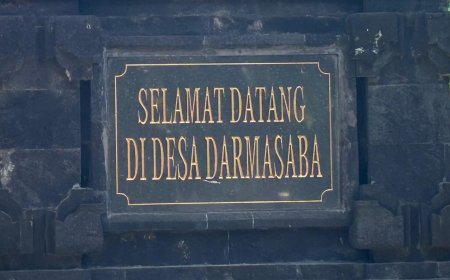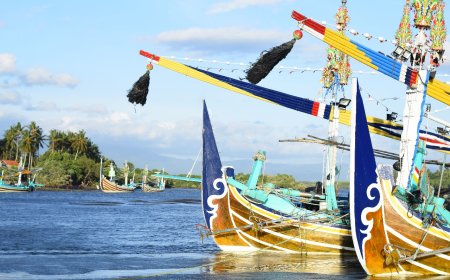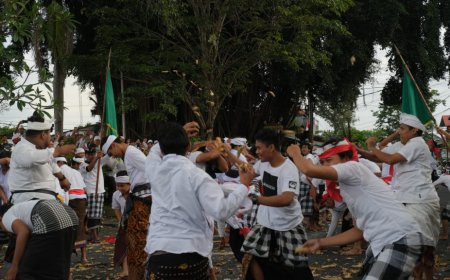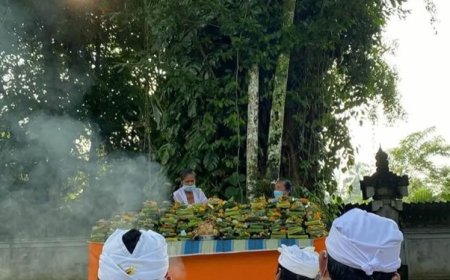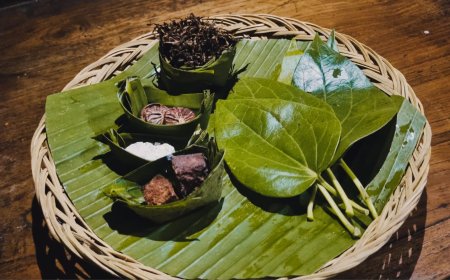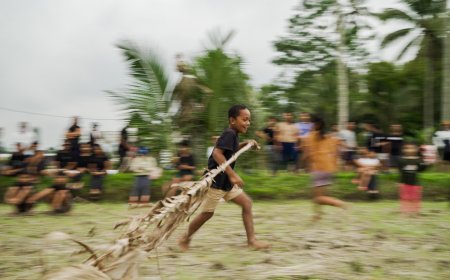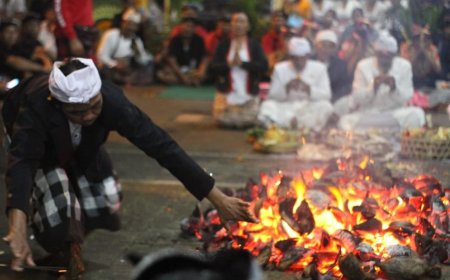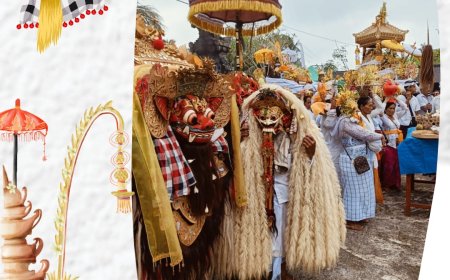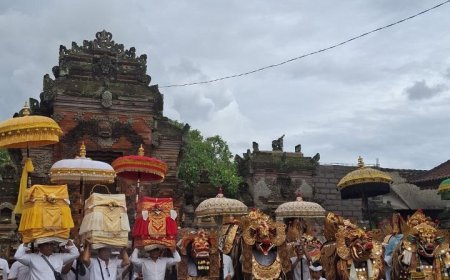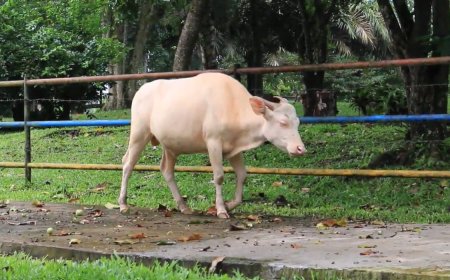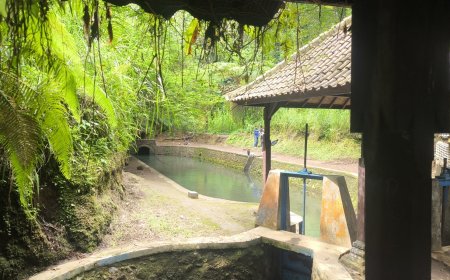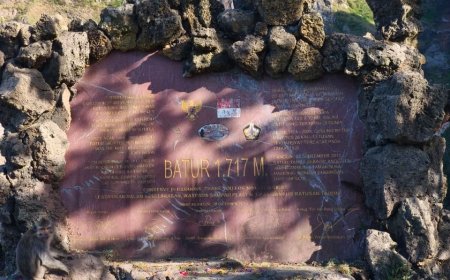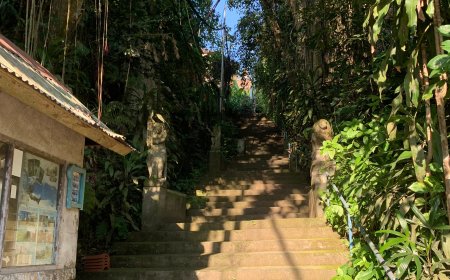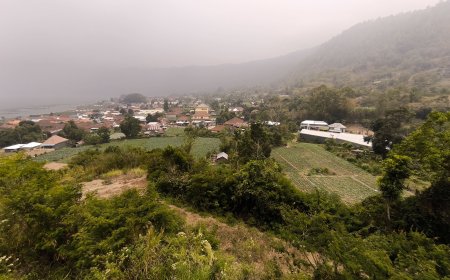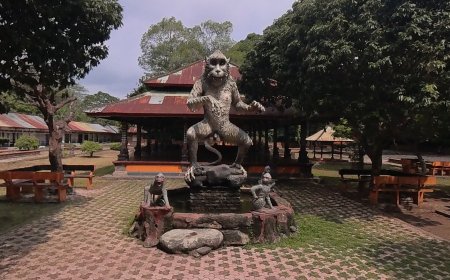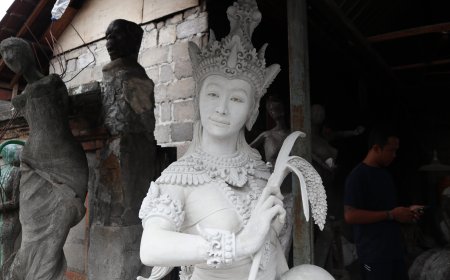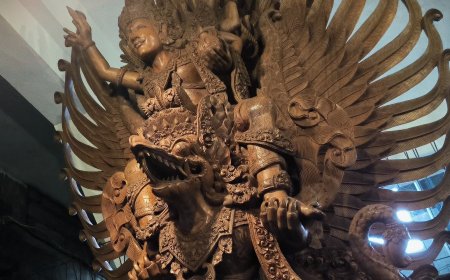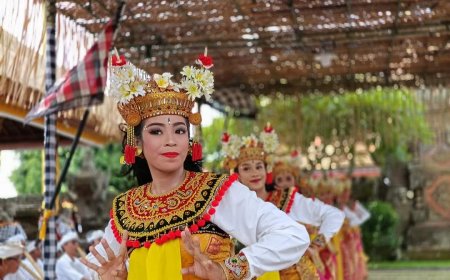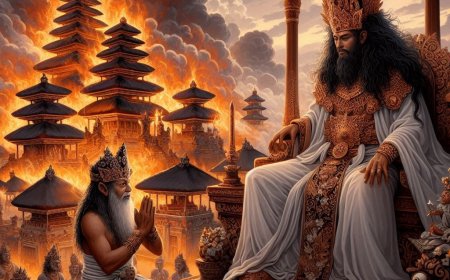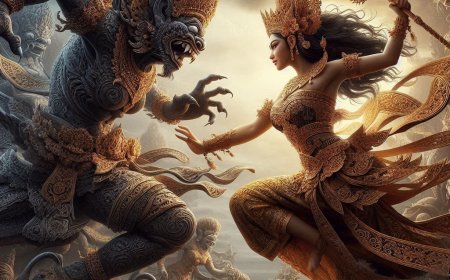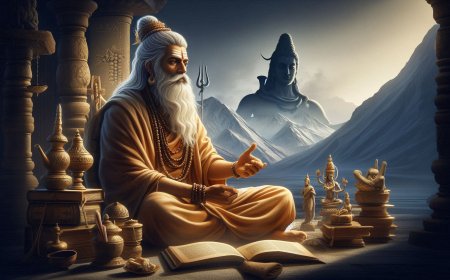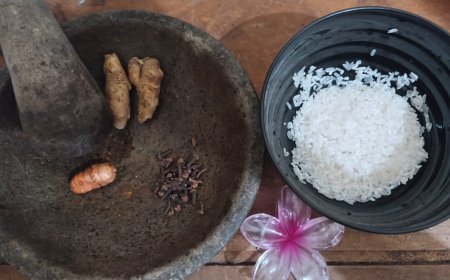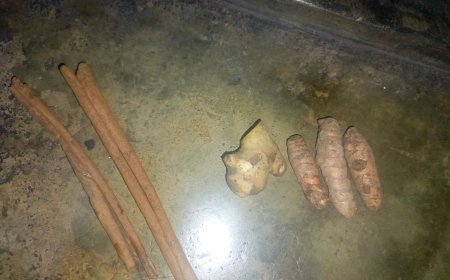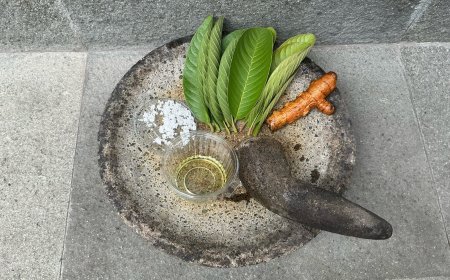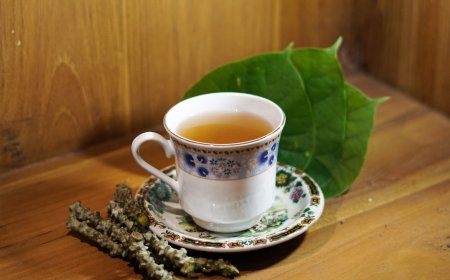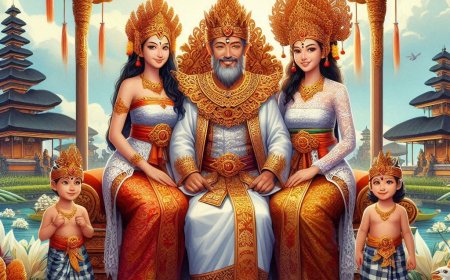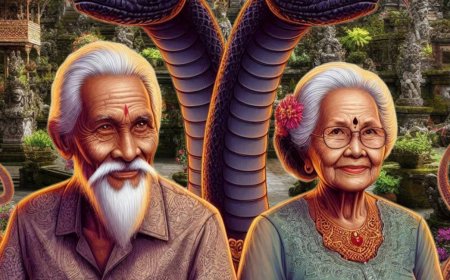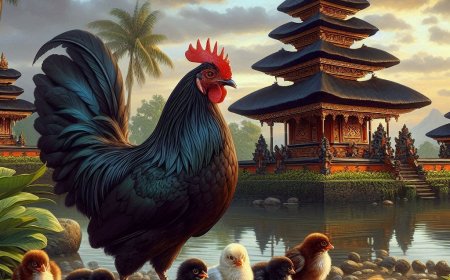Ashwamedhika Parwa: The Great Horse Sacrifice
Aswamedhika Parwa is a part of the Mahabharata story that narrates the great ceremony of Aswamedha. The great horse sacrifice ceremony. This ritual is not just a religious ceremony, but also a symbol of royal power and legitimacy. This ceremony was the conferment of Prabu Yudisthira as Maharaja of Hastinapura.
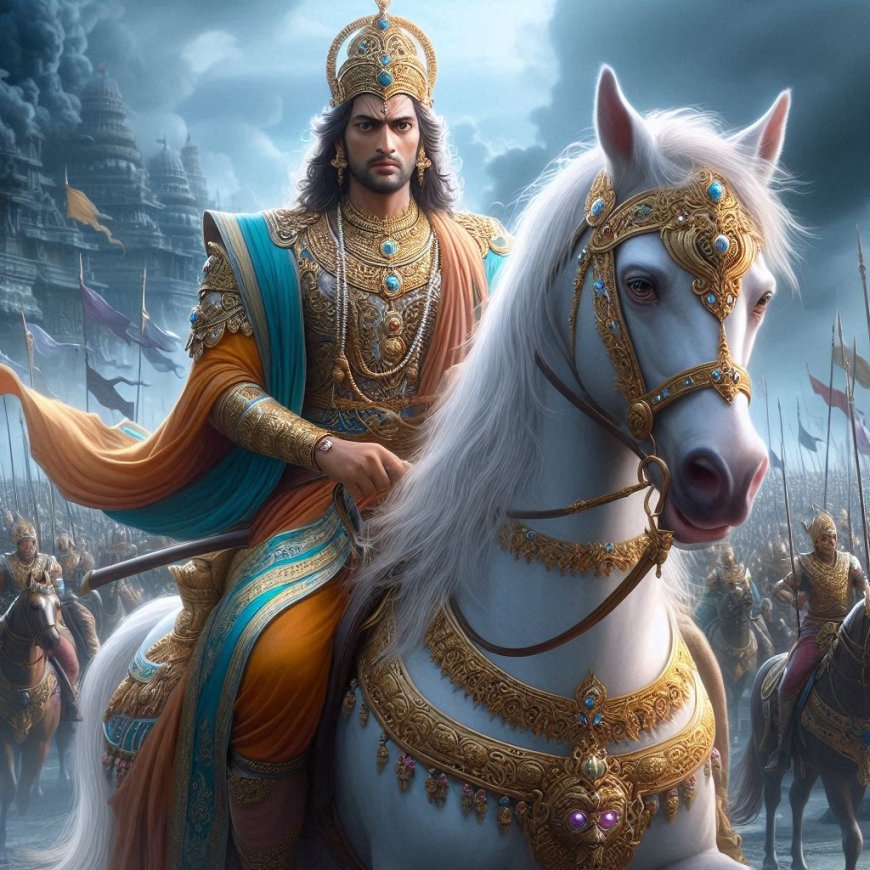
After the great Kurukshetra war, Yudhishthira who was the king of Hastinapura felt the need to strengthen and consolidate his sovereignty and ensure the welfare of his kingdom. For this purpose, he decided to perform the Ashwamedha ceremony, which is an important ritual in the vedic tradition to demonstrate the power and supremacy of a king.
Ashwamedhika Parwa is a part of the epic Mahabharata, specificaly in the 14th book known as “Ashwamedhika Parwa.” The book includes part of the story relating to the performance of the Ashwamedha ceremony (horse sacrifice ceremony) by king Yudhishthira, one of the five Pandavas, after their victory in the Kurukshetra war. In this ceremony, a white stalion is released freely to roam throughout the region. If the horse manages to return to the kingdom unhindered by other kingdoms, then it is considered a sign that the entire territory through which the horse has traveled has been subjugated under the rule of the king performing the ceremony.
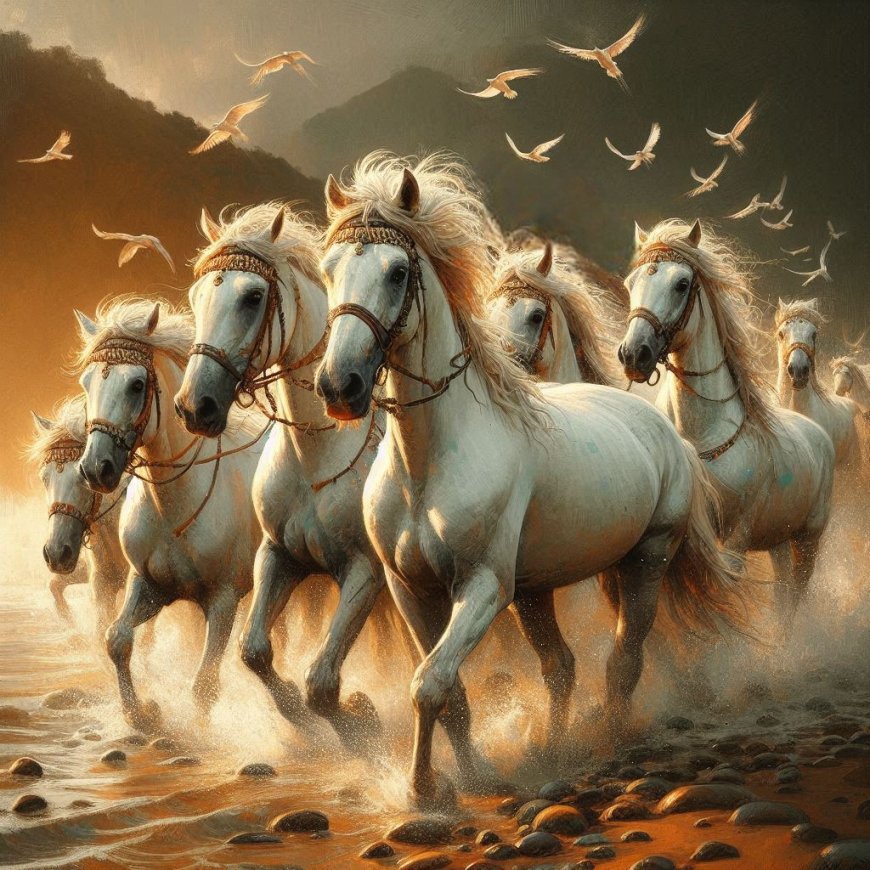
Release of Horses in Ashwamedha Ceremony (Source : Personal Collection)
The horse used for the ceremony must be a very special horse, usually white in color and with special characteristics. This horse is usually chosen very carefully and is considered sacred. A very special horse is chosen and symbolizes the power and authority of the king performing the ritual. This horse is given very good food and care to ensure that the horse is in the best condition. The prepared horse is then set free to roam over a large area.
In the context of the Mahabharata, this horse is free to roam to mark the territory that is considered the king's territory. The territory traversed by this horse would be considered part of the king's kingdom. Once the horse has completed the journey, it is sacrificed in a ceremony that involves many rituals and offerings. This is the culmination of the ceremony and is considered a symbol of the embodiment of power and success.
Each ruler of the region through which the horse passed was expected to recognize Yudhishthira's rule or fight the messenger if they rejected the rule. Usualy, if the local rulers did not resist, they had to pay tribute or establish diplomatic relations with the kingdom. In some regions, local rulers may reject or resist the presence of the horse and its messenger. In such cases, a confrontation occurs, in which the emissary of the king must overcome the challenge.
If the horse crosses territory controlled by a local ruler who does not recognize the authority of the king exercising Ashwamedha, the ruler may refuse to recognize the king's authority or even confront the horse in a hostile manner. This refusal is often a source of conflict. If the King's envoys managed to overcome the challenges and resolve the conflict and get a peaceful agreement, the region would be recognized as part of King Yudhishthira's rule. The ruler of the region that received the horse usually showed respect to the king who performed the ritual. They might perform a welcoming ceremony, give gifts, or show their support for the king's rule.
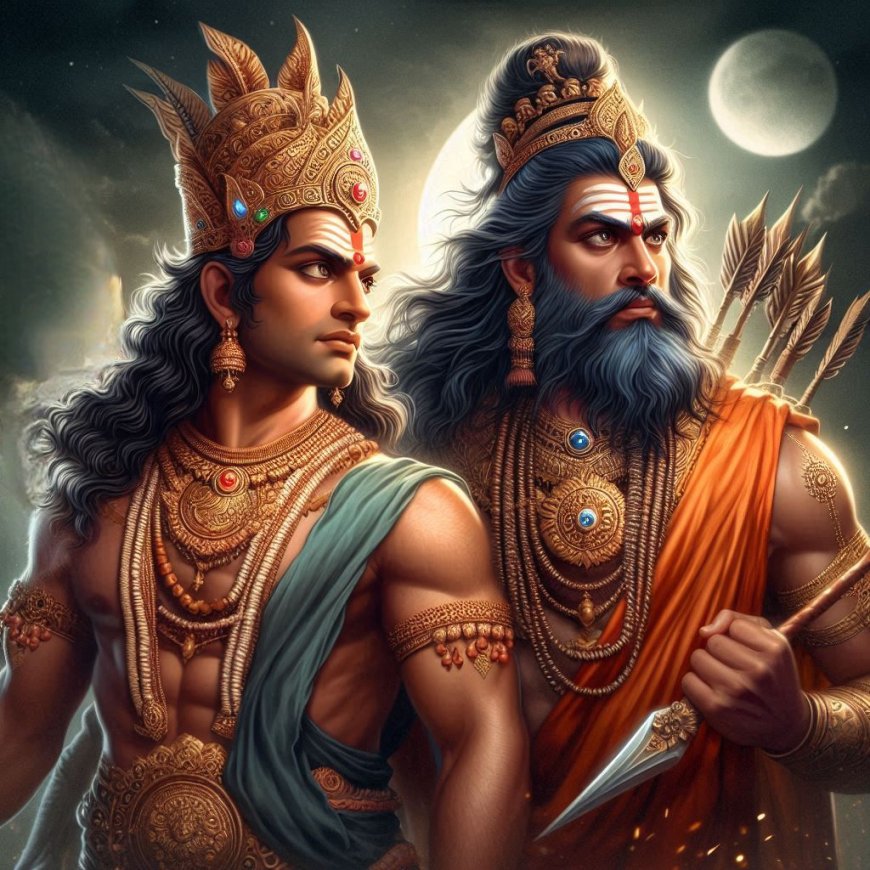
Arjuna and Bhima (Source : Personal Collection)
In the Mahabharata story, the Ashwamedha ritual is performed with the involvement of some of the main heroes of the Pandavas, such as Arjuna and Bhima, who have a very important role in the journey of the horse in the Ashwamedha ritual ceremony. Arjuna was given the special task of escorting the horse chosen for the Ashwamedha ritual. This task involved the horse traveling to various regions to mark Yudhisthira's rule.
Arjuna, as a warrior and one of the main heroes of the Pandavas, was responsible for ensuring that the horse did not suffer any harm during its journey. Bhima, as a Pandava brother known for his physical strength and courage, served as the main protector during the ritual. He helped ensure that no physical threat interfered with the journey of the horse or king Yudhisthira during the performance of the ritual.
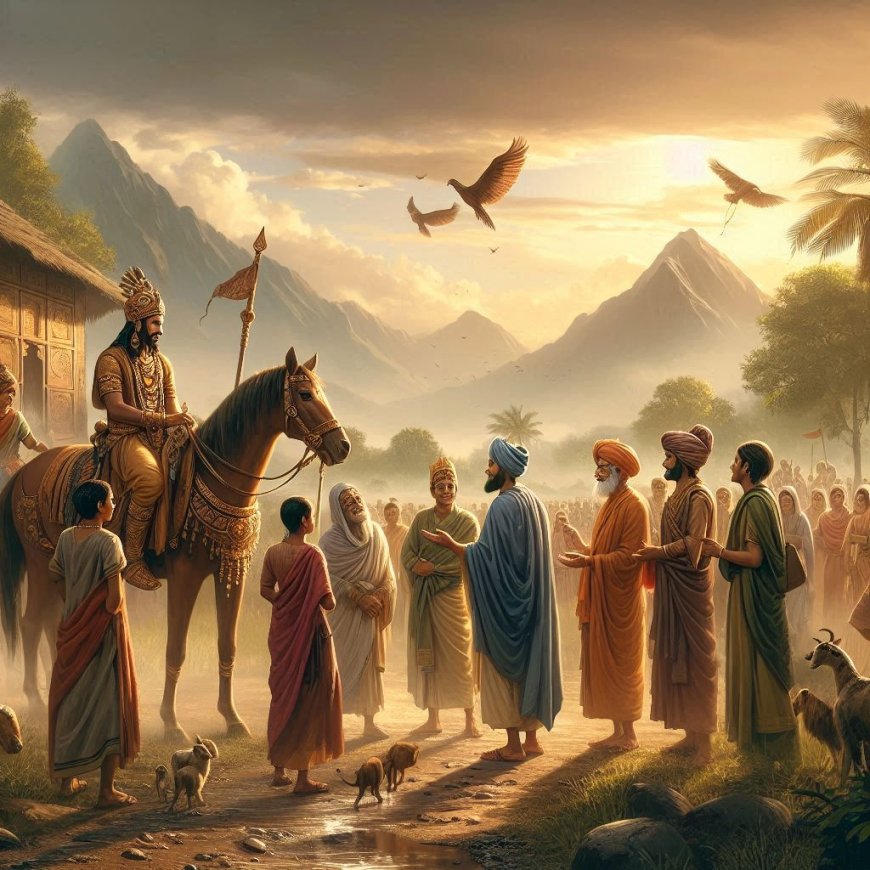
Peace After Ashwamedha Ceremony (Source : Personal Collection)
After the Ashwamedha ritual was performed successfully, the results were seen in the form of strengthening the power and stability of the kingdom. The ritual served to ensure peace and prosperity in the kingdom, reducing the chances of disunity or rebellion under the Pandavas. The Ashwamedika Parwa in the Mahabharata illustrates the importance of religious rituals in strengthening the king's power and ensuring the stability of the kingdom. In addition to the ritualistic aspects, the story also highlights the ability and courage of the Pandava heroes in the face of challenges and conflicts, and how they managed to maintain and expand their power after major wars.
